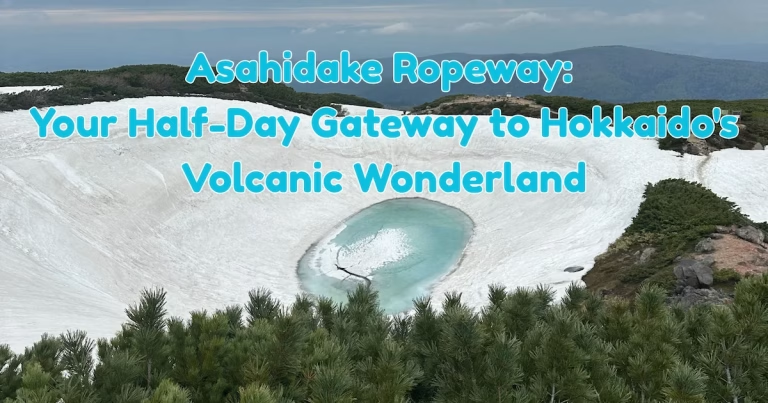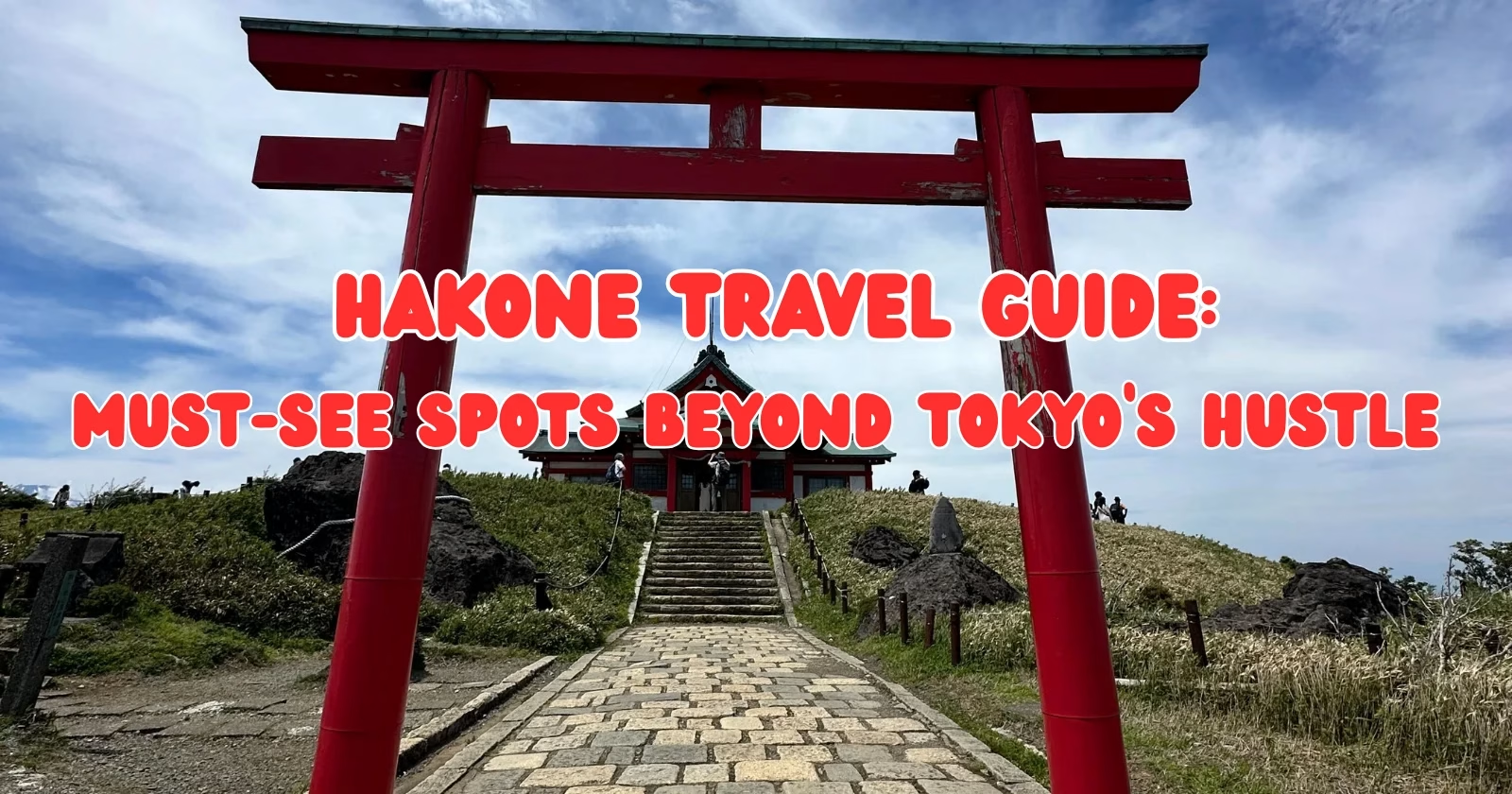
While Tokyo’s neon glow and bustling intersections are undeniably captivating, sometimes, my heart yearns for a different rhythm, a quieter beat. If you’re a first-time visitor to Asia or an experienced backpacker looking to refine your journey, you know the drill: escape the hustle, find the calm, and truly immerse yourself. This is precisely where Hakone steps in, a tranquil haven nestled in the embrace of nature, offering a welcome respite from city life. This detailed Hakone travel guide must-see spots will arm you with the practical, actionable tips to navigate this enchanting destination like a seasoned pro, allowing you to discover its hidden charms without the typical tourist throngs.
My philosophy centers on smart travel: making every yen, every minute, and every step count towards a richer, more meaningful experience. Hakone, with its stunning volcanic landscapes, pristine lakes, and therapeutic hot springs, is an ideal destination for this approach.
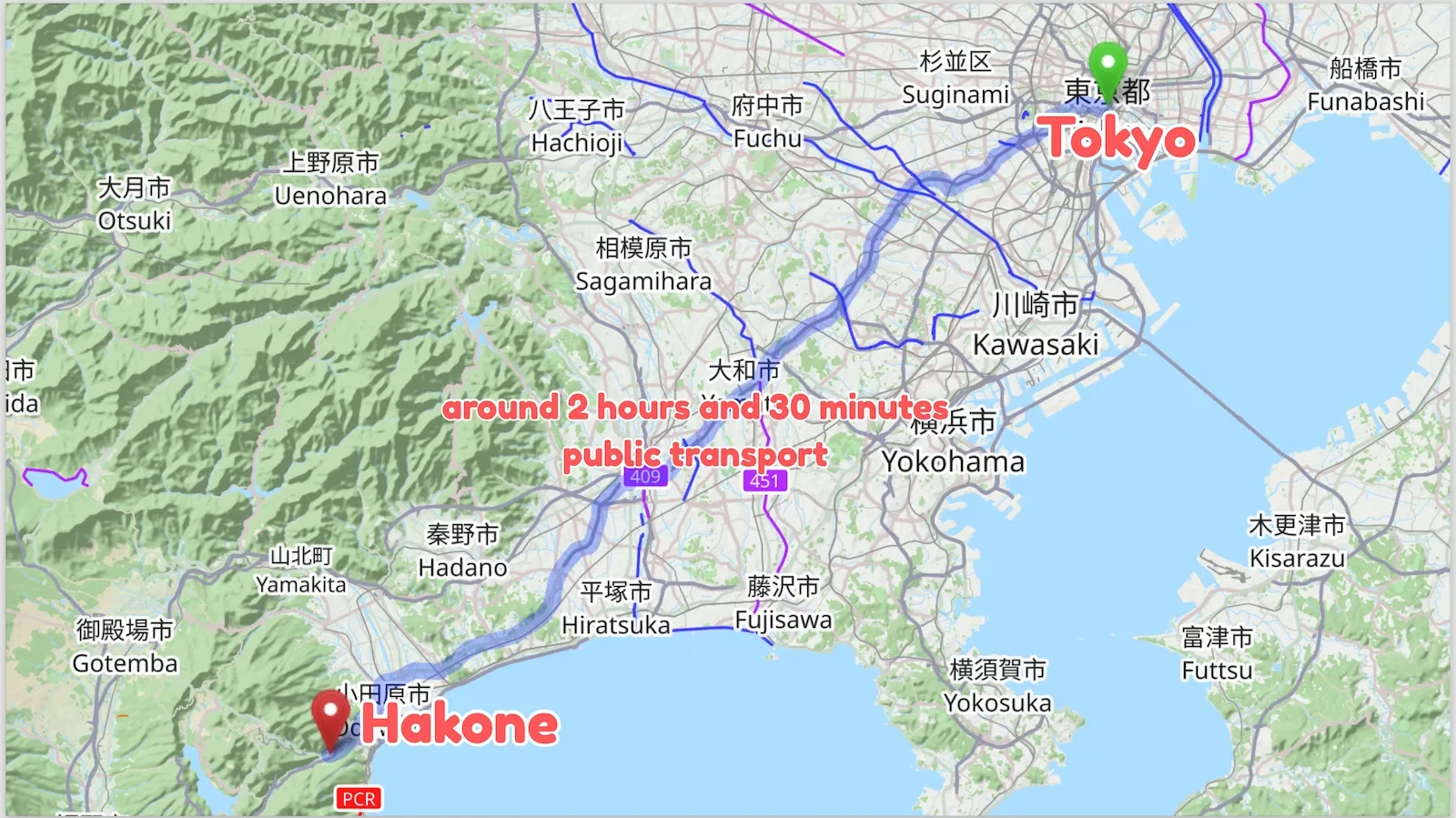
It’s a place where you can breathe deeply, connect with nature, and still experience Japan’s unique culture, but on your terms – away from the overwhelming crowds that often characterize popular Japanese destinations. Forget simply ticking off famous landmarks; here, we’re talking about how to optimize your visit to truly soak in the tranquility and beauty that Hakone effortlessly offers.
Tokyo to Hakone Seamlessly
One of the most common dilemmas for travelers eager to explore beyond Tokyo is how to get there efficiently and affordably. Hakone is remarkably accessible, making it a perfect day trip or, as I prefer, an overnight escape. The key to a smooth journey lies in understanding your transport options and making the right choice for your budget and comfort. The most popular way to reach Hakone from Tokyo is via the Odakyu Romancecar from Shinjuku Station to Hakone-Yumoto. This express train is comfortable and scenic, taking about 85 minutes. While convenient, it’s not always the most budget-friendly if you’re planning extensive travel within Hakone itself.
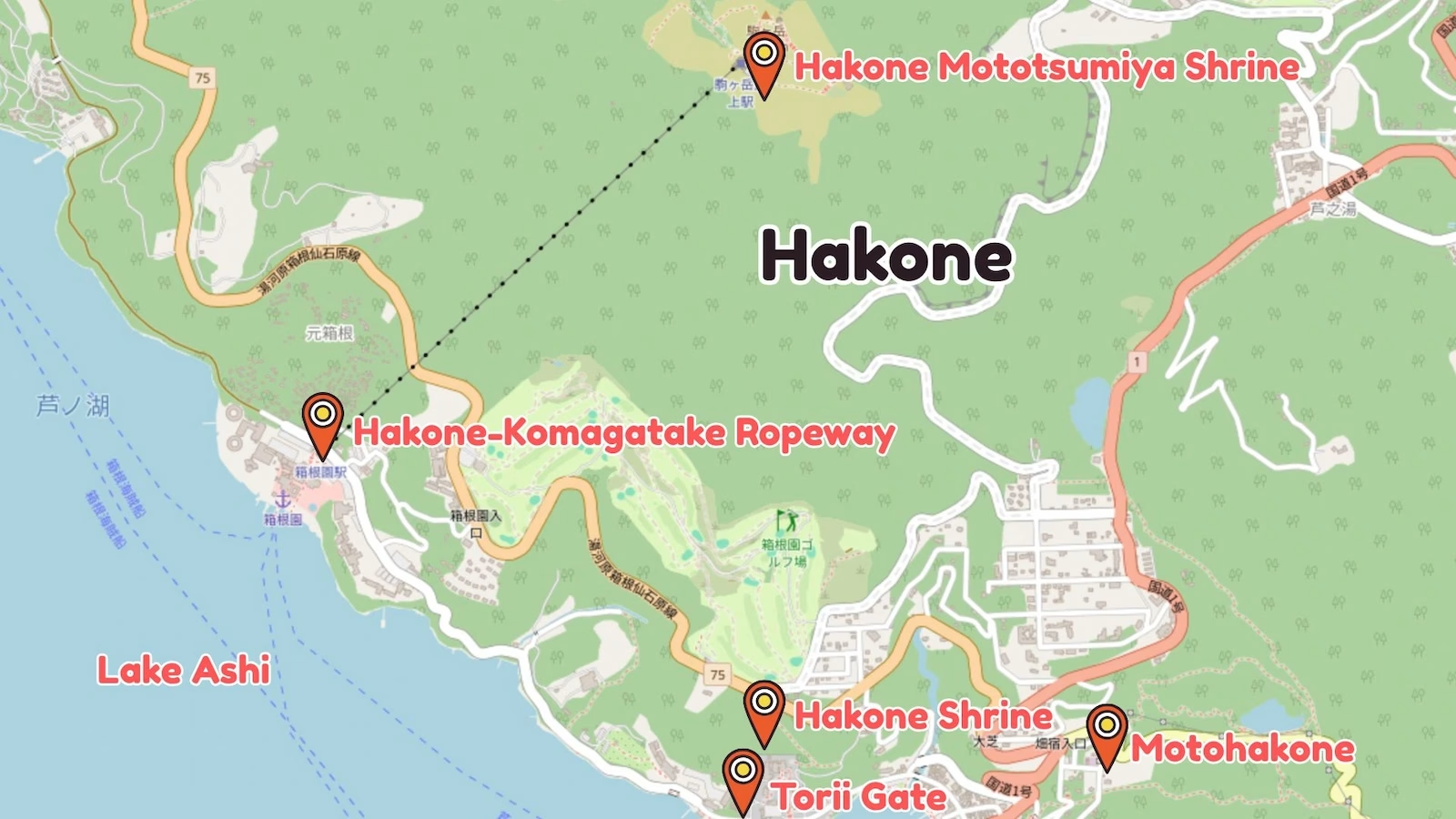
My preferred method, and what I recommend for savvy travelers, is to utilize the Hakone Free Pass. This pass is an absolute game-changer. It covers round-trip transportation from Shinjuku to Hakone and unlimited use of most major forms of transport within the Hakone area, including the Hakone Tozan Train, Hakone Tozan Cable Car, Hakone Ropeway, Hakone Sightseeing Cruise, and various Odakyu Hakone Highway Buses. You can choose between a 2-day or 3-day pass.
Trust me, the convenience and cost savings are substantial. For current prices and to plan your journey, always check the Odakyu Electric Railway website directly. Purchasing the pass at Shinjuku Station is straightforward, but consider buying it online in advance during peak seasons to save time.
Once you arrive at Hakone-Yumoto, the gateway to the region, you’ll feel the immediate shift in atmosphere. The air is fresher, the pace slower. From Hakone-Yumoto, you’ll connect to the various transportation methods covered by your Free Pass to reach your specific accommodation or first point of interest.
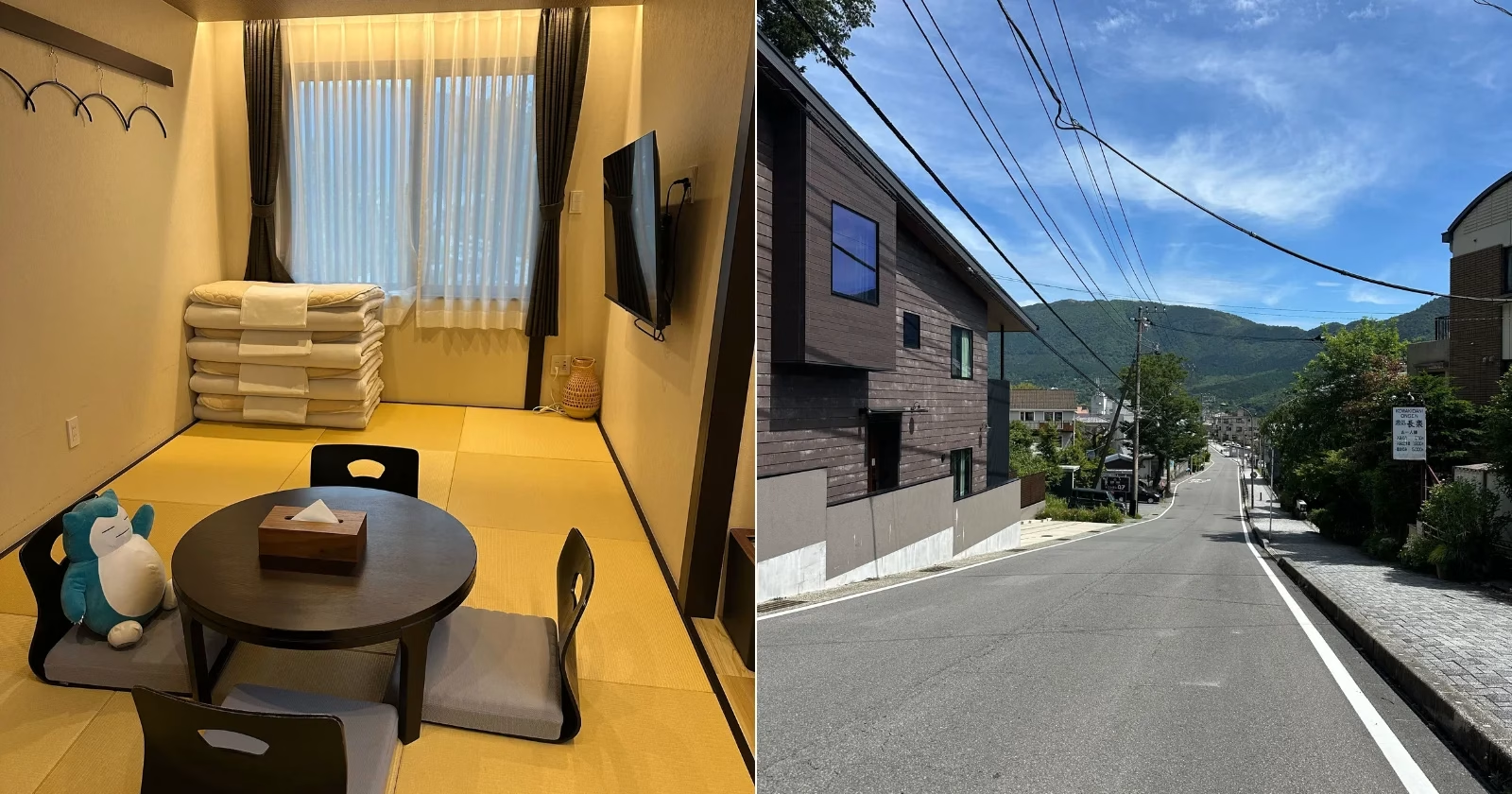
For my trip, my partner and I were determined to find a place that offered comfort and space, a genuine home away from home. I found just that in スタジオーネ箱根彫刻の森 (Stazione Hakone Chokoku No Mori) – a truly lovely and spacious home that felt like a private sanctuary. It allowed us to unpack, unwind, and truly settle into the Hakone vibe without feeling cramped or rushed, which is essential for rejuvenating after the Tokyo frenzy. The peace it offered set the perfect tone for exploring the area.
Beyond the Postcards: Seeking Serenity and Savvy Choices
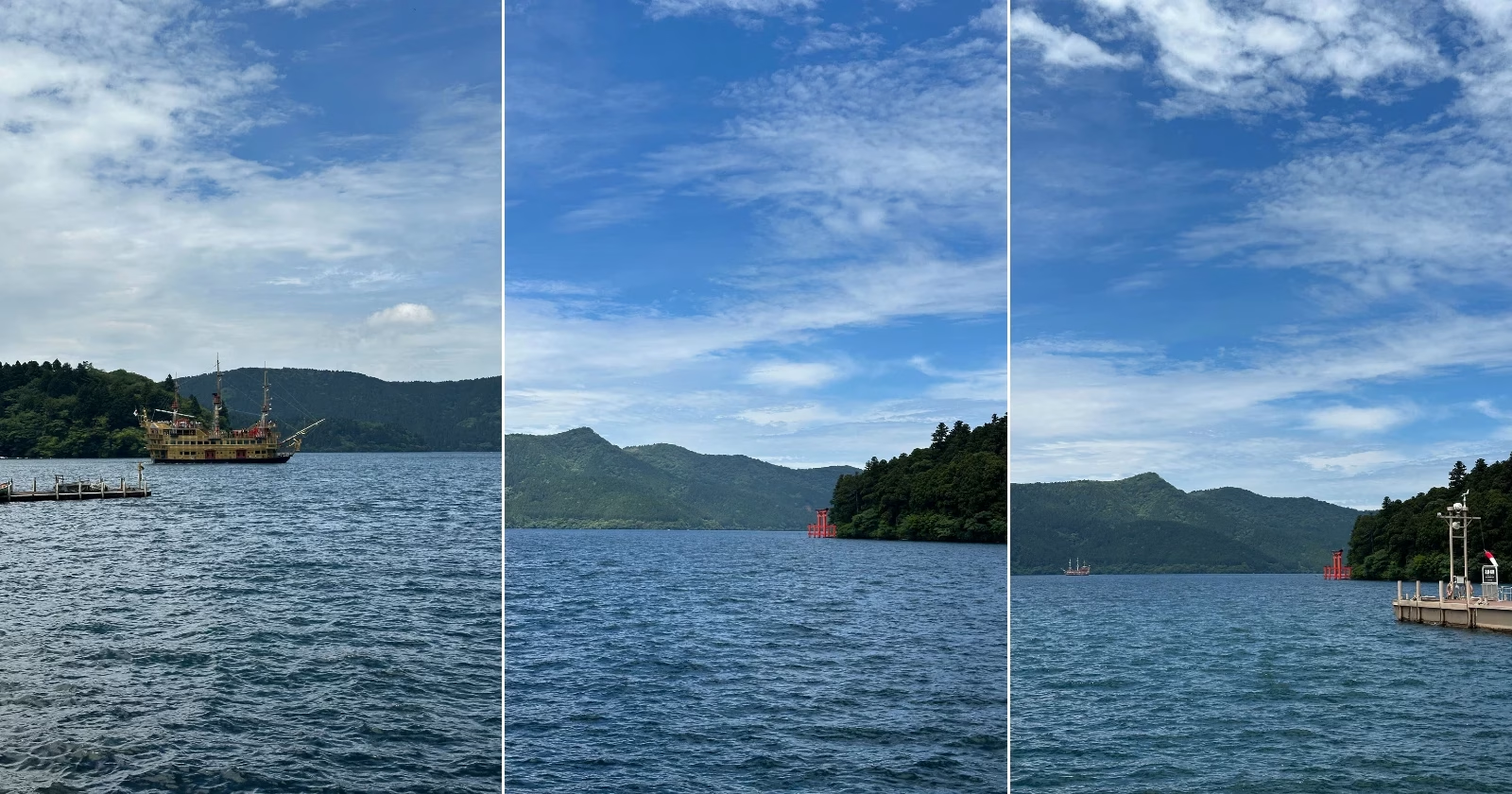
My initial exploration in Hakone began with the iconic Lake Ashi and its famous orange Torii Gate, often seen on postcards. The Hakone Shrine Peace Gate, gracefully rising from the lake, is undeniably picturesque. Getting there involves taking the Hakone Sightseeing Cruise across the lake to Motohakone. The boat ride itself offers stunning vistas, especially on a clear day when Mount Fuji might peek through the clouds. My advice? Go early. Even in Hakone, popular spots can attract crowds, and capturing that perfect, serene shot of the Torii Gate requires a bit of patience and strategic timing before the main rush arrives.
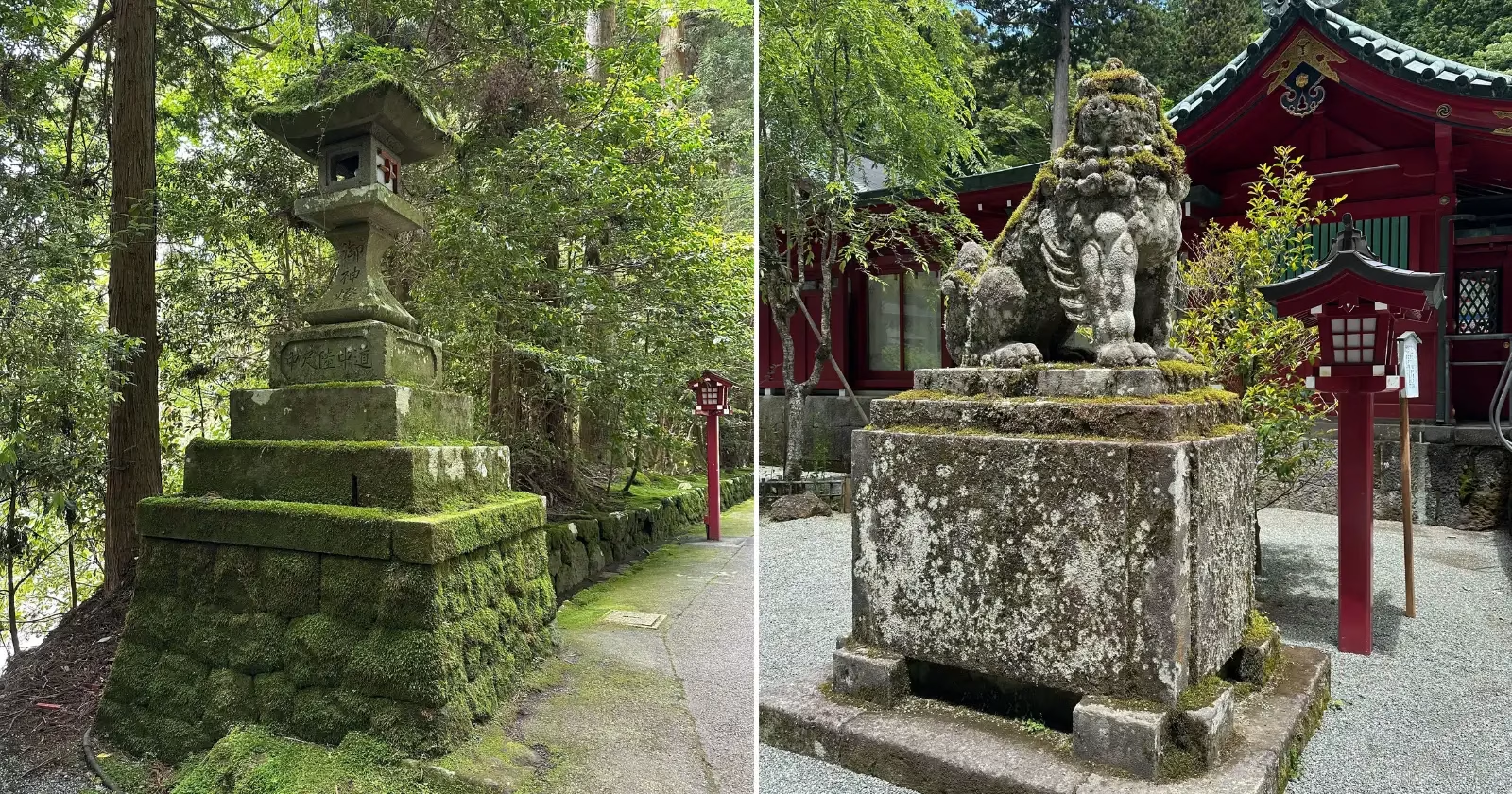
After enjoying the lake and the Torii Gate, I decided to walk a bit further to the main Hakone Shrine. I had envisioned a tranquil experience, but upon arrival, it turned out not to be too promising. There was some construction going on, and the area felt a bit less peaceful than anticipated. This is a common pitfall in travel: expecting an idyllic scene only to find reality (and construction) has a different plan. It was a good reminder that flexibility is key. Instead of dwelling on the slight disappointment, I quickly pivoted my plans.
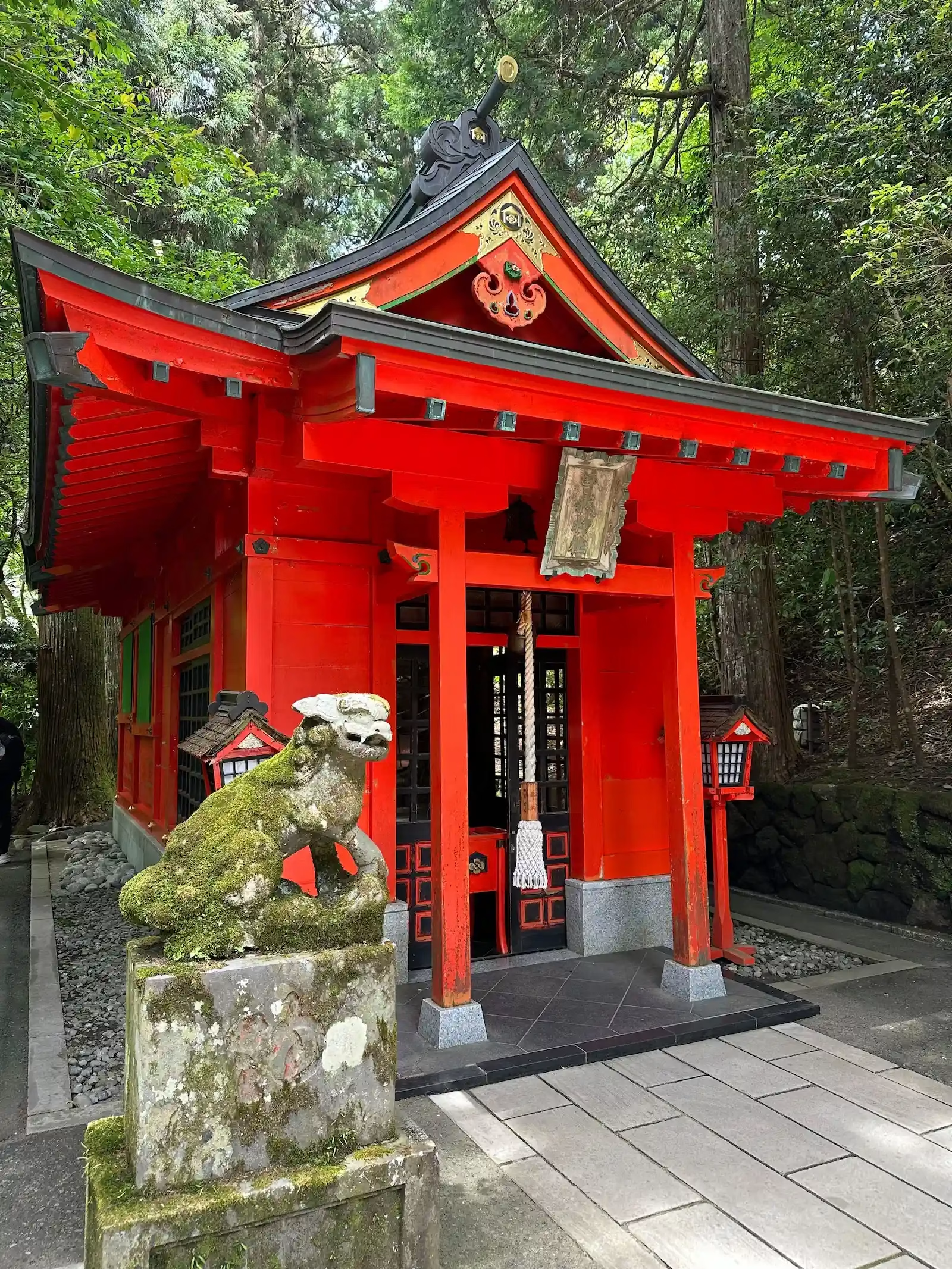
This moment actually led me to discover one of Hakone’s true hidden gems, and it’s an important lesson: always have a backup plan, and don’t be afraid to veer off the well-known path if a site isn’t living up to its hype or is undergoing maintenance. Checking local tourist information centers or even social media for recent updates on attractions can save you from similar surprises. I’ve learned this lesson many times, from navigating tricky street food scenes to avoiding cultural faux pas in Japan – flexibility truly is your best travel companion.
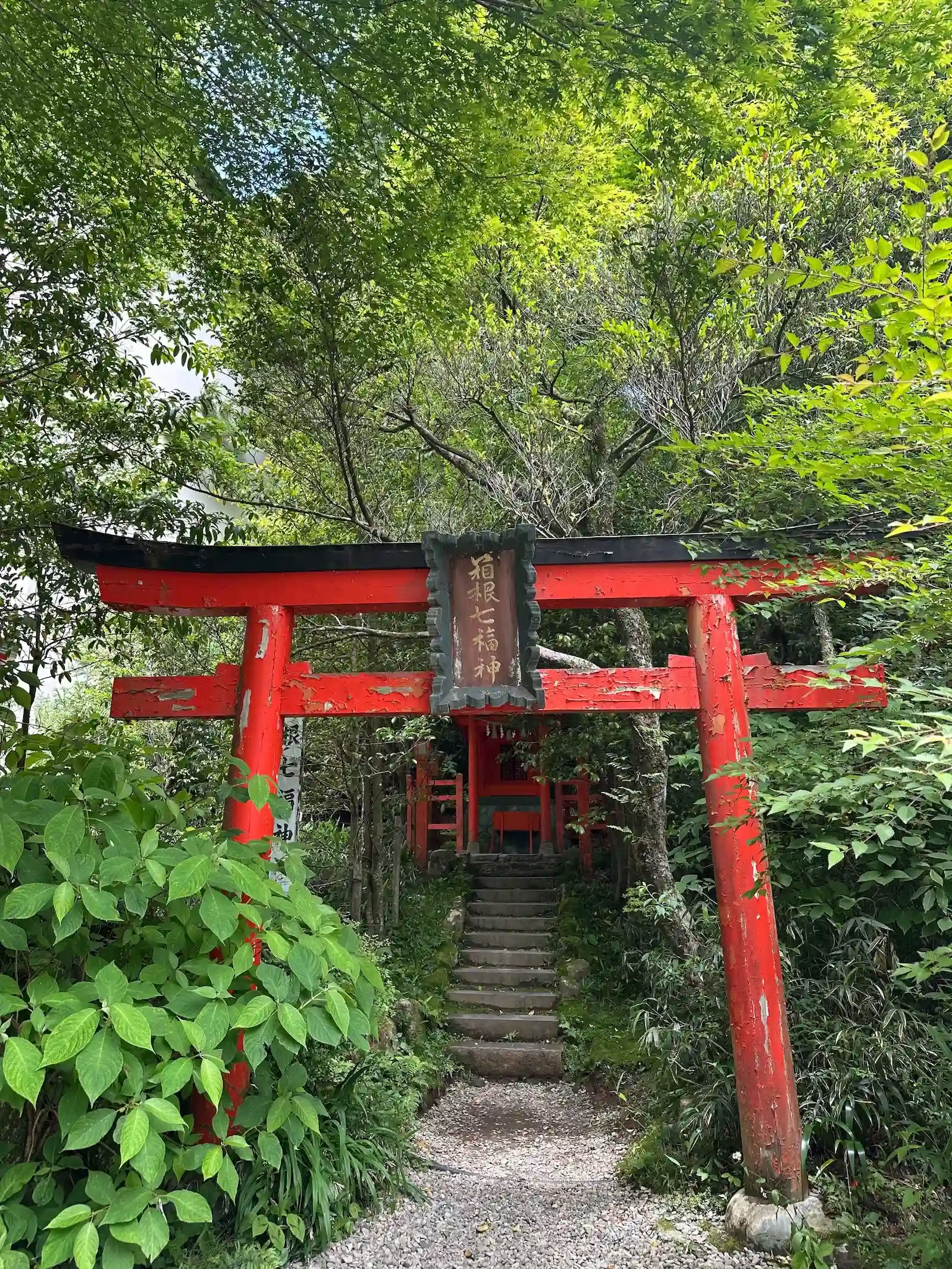
With the Hakone Shrine proving less than ideal that day, my attention shifted to an alternative that promised unparalleled views and fewer people: the Hakone-Komagatake Ropeway. This was a stellar decision.
The Hakone-Komagatake Ropeway takes you high up to the peak of Mount Komagatake, offering breathtaking panoramic views of Lake Ashi, Mount Fuji (on a clear day!), and the surrounding mountain ranges.
The cost for a round-trip ticket is around 1,800 JPY (as of my visit, always check current prices and opening hours online before you go, as they can change seasonally or due to weather). The ropeway typically operates from 9:00 AM to 4:50 PM, but again, verify for your specific travel dates.
Elevating Your Hakone Experience
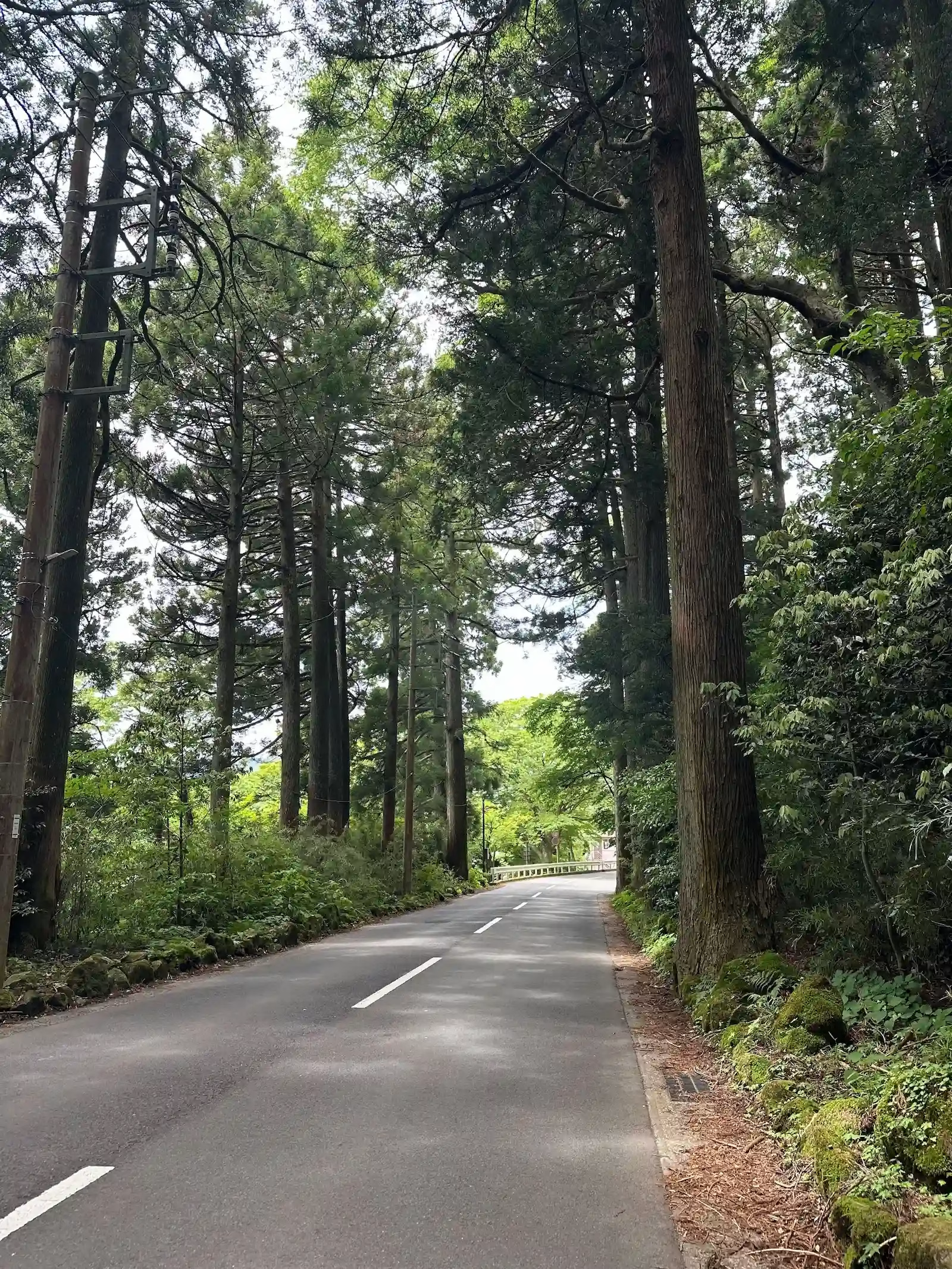
What makes the Komagatake Ropeway truly superior to its more famous counterpart, the Hakone Ropeway (which goes to Owakudani, known for its sulfur vents), is the distinct lack of crowds and the absence of the pervasive sulfur odor. While Owakudani is unique, the experience on Komagatake is one of pure, unadulterated natural beauty and tranquility. It’s a less touristy alternative that offers arguably more beautiful and expansive views, especially if your goal is serene contemplation rather than geological curiosity.
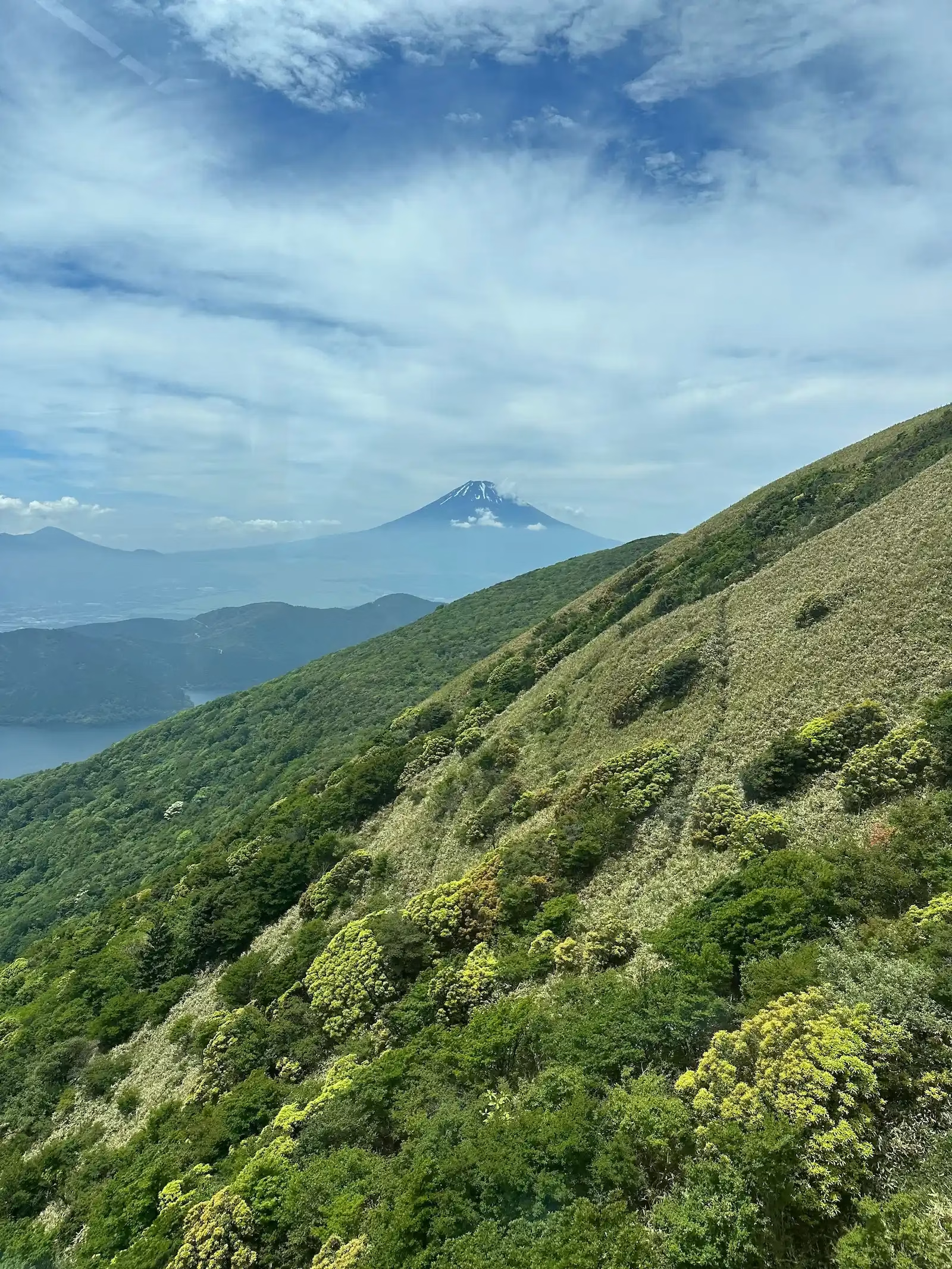
From the top, you can truly appreciate the vastness of the landscape. And yes, Mount Fuji reveals itself in all its majestic glory when the weather cooperates. It’s an ethereal sight that instantly makes the journey worthwhile.
At the summit, you’ll find Hakone Mototsumiya Shrine, a peaceful and spiritual site. Unlike the more crowded Hakone Shrine down by the lake, this mountaintop shrine offers a quiet reverence, allowing for a deeper connection with the serene surroundings. I spent a good amount of time simply walking around the shrine, taking in the crisp mountain air and basking in the incredible views.
If you’re feeling adventurous, you can even go for a short hike to the nearby mountains, exploring trails that offer different perspectives of the landscape. This area is perfect for those who appreciate the quiet grandeur of nature and seek to immerse themselves in it, rather than just observe. It’s an invaluable tip for anyone craving a genuinely peaceful Japanese experience.
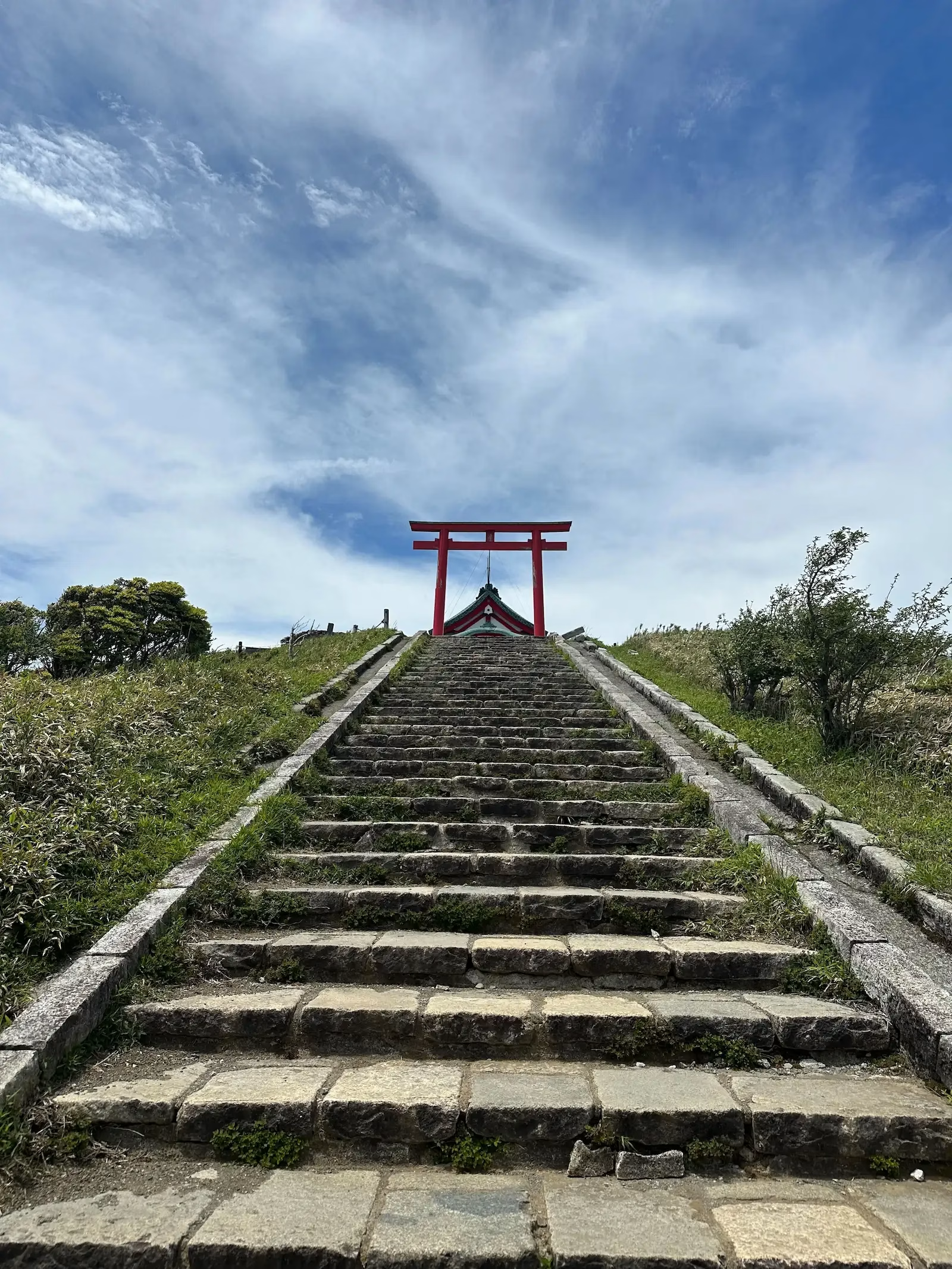
As the late afternoon sun began to dip, casting golden hues across the landscape, I decided it was time to descend, feeling utterly refreshed. My plan for dinner was simple: find a local spot that promised authentic flavors, away from the tourist traps. From the base of the Komagatake Ropeway, I hopped on a public bus heading towards Motohakone city center.
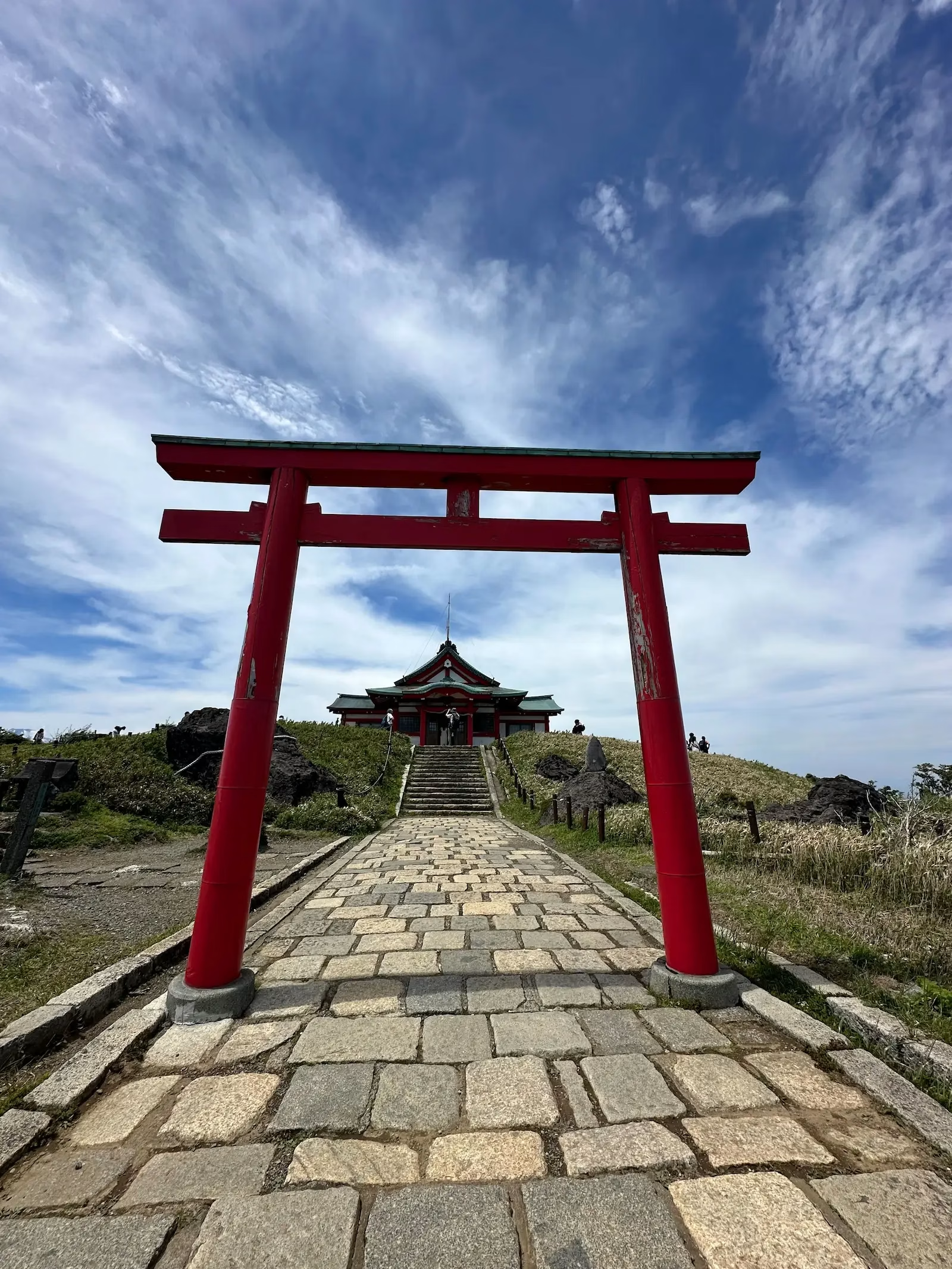
Navigating Japan’s public transport can seem daunting, but it’s incredibly efficient and reliable.
Just keep Google Maps handy and don’t hesitate to ask locals for directions; most are incredibly helpful, even with a language barrier.
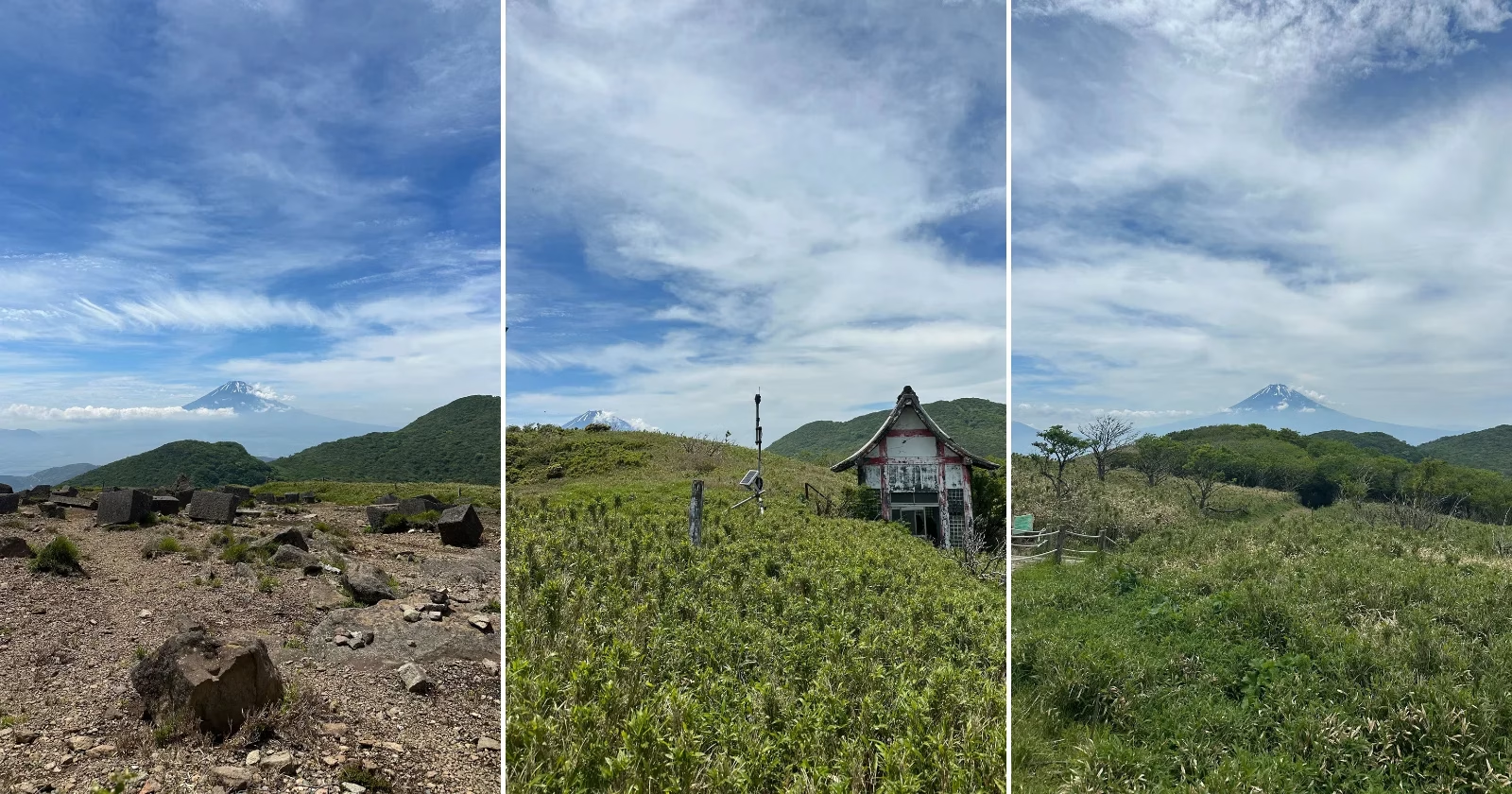
In Motohakone, away from the main tourist drag, I stumbled upon a true gem: Hamburg House. This wasn’t a fancy restaurant; it was a quaint, unassuming spot that only served curry dishes and had just a few seats. It’s places like these that often hold the most authentic flavors and the warmest welcomes. The lovely auntie who managed the restaurant greeted me with a genuine smile. After savoring a truly delicious, hearty curry – exactly what I needed after a day of exploration – I showed her a fortune paper I had gotten earlier from Hakone Mototsumiya Shrine.
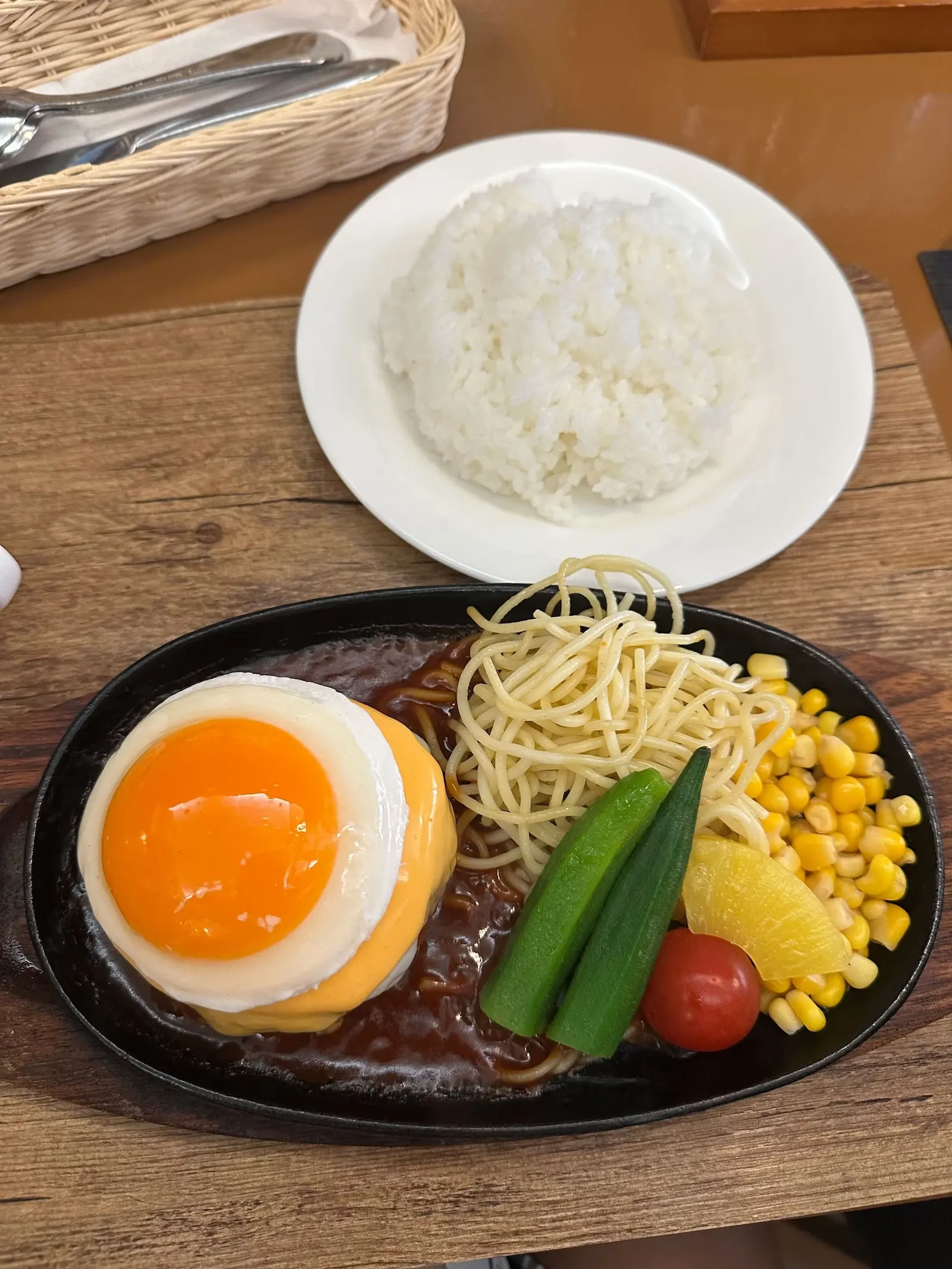
Despite the language barrier, she eagerly tried to interpret it for me, her eyes twinkling with warmth and kindness. This small, unexpected interaction made the meal, and indeed my entire stay in Hakone, feel incredibly special. It reinforced my belief that some of the best travel moments aren’t planned; they emerge from embracing spontaneity and connecting with local life.
If you’re looking for an authentic meal beyond typical guide recommendations, seeking out these small, specialized local eateries, often just off the main streets, is always a winning strategy. You’ll not only taste local flavors but also experience genuine hospitality. For those keen on authentic local eats, this approach is invaluable.
Smart Traveler Takeaways
My journey through Hakone taught me that true gems are often found off the main circuit. While the Hakone Open-Air Museum or the traditional Hakone Ropeway are popular, the Komagatake Ropeway provided an unparalleled experience for those seeking serenity and panoramic views without the sulfur smell or the crowds. It’s about making informed choices that align with your travel goals. Always consider alternative routes or less famous attractions if you prioritize peace and a deeper connection with the environment. For real-time updates on weather and conditions, especially for mountain activities, consult the Japan Meteorological Agency website or local tourist information centers.
Another crucial takeaway is the power of a flexible itinerary. While it’s good to have a plan, being able to adapt to unforeseen circumstances, like a partially closed shrine or unexpected weather, can turn a potential disappointment into an opportunity for discovery. My detour to Komagatake was a direct result of this adaptability, and it became the highlight of my trip. It’s also wise to research public transport schedules in advance, especially for evening returns to ensure you don’t get stranded. Apps like Google Maps are indispensable for real-time bus schedules and routes.
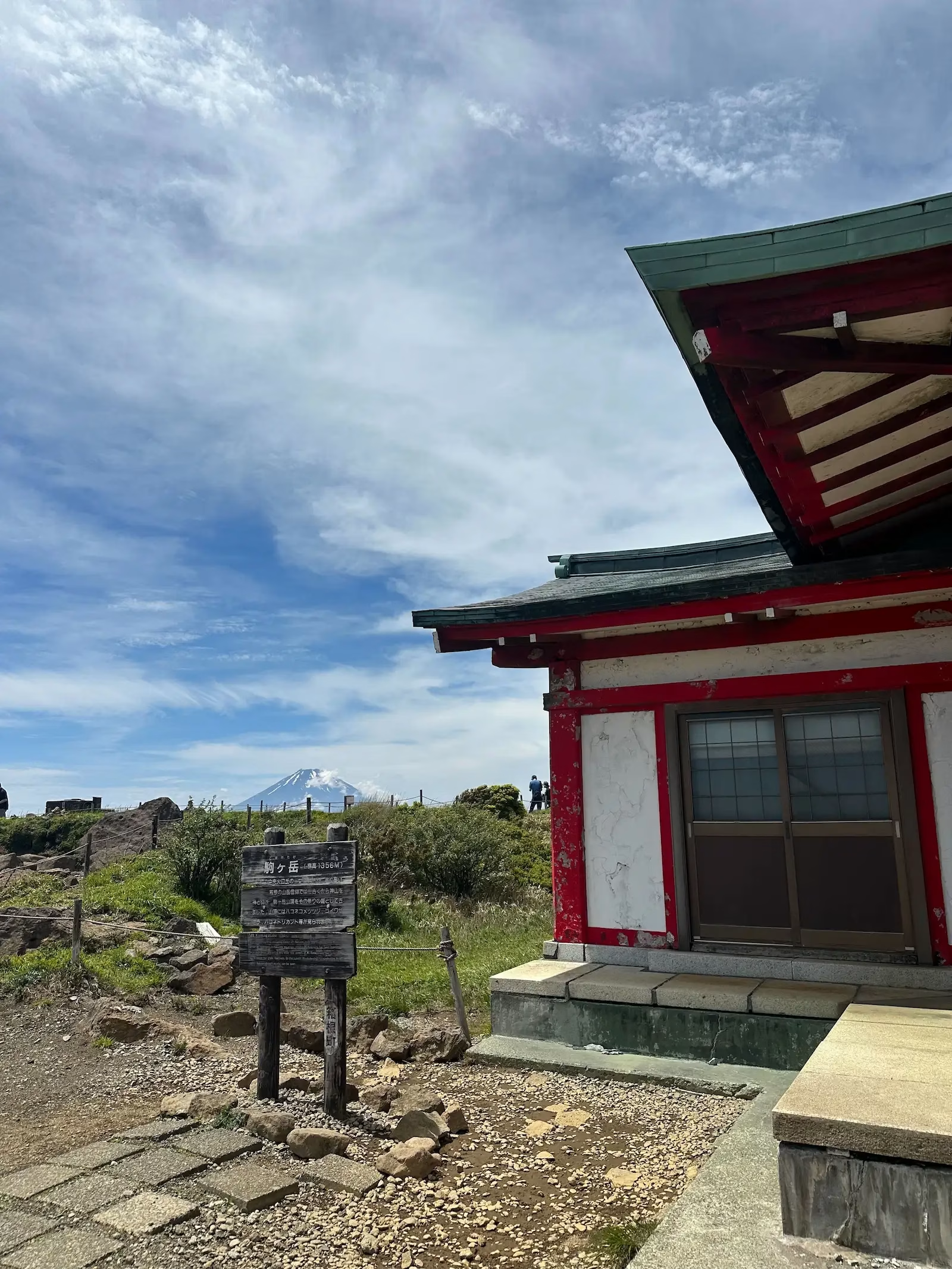
Finally, embrace the unexpected connections. The interaction with the auntie at Hamburg House was a beautiful reminder that travel is as much about human connection as it is about sightseeing. These small moments often become the most cherished memories. Don’t shy away from smaller, family-run establishments, even if language is a barrier.
A smile, a gesture, and genuine curiosity can open doors to incredibly rich experiences. It’s often in these quiet, unheralded places that you truly find the soul of a destination, whether you’re navigating the bustling markets of Southeast Asia or the serene mountains of Japan. For those who enjoy deeper cultural immersion, exploring beyond just major cities, perhaps to places like Hiroshima and Itsukushima, can offer equally profound experiences.
Conclusion: Your Hakone Adventure Awaits
Hakone is more than just a quick escape from Tokyo; it’s a profound experience designed for the discerning traveler. By adopting these practical tips and embracing a flexible mindset, you’ll not only navigate Hakone with confidence but also uncover its true, tranquil beauty beyond the typical tourist trails.
You have the power to craft an unforgettable journey, one filled with serene landscapes, genuine connections, and quiet moments of reflection. So, pack smart, plan wisely, and let Hakone reveal its magic to you.






